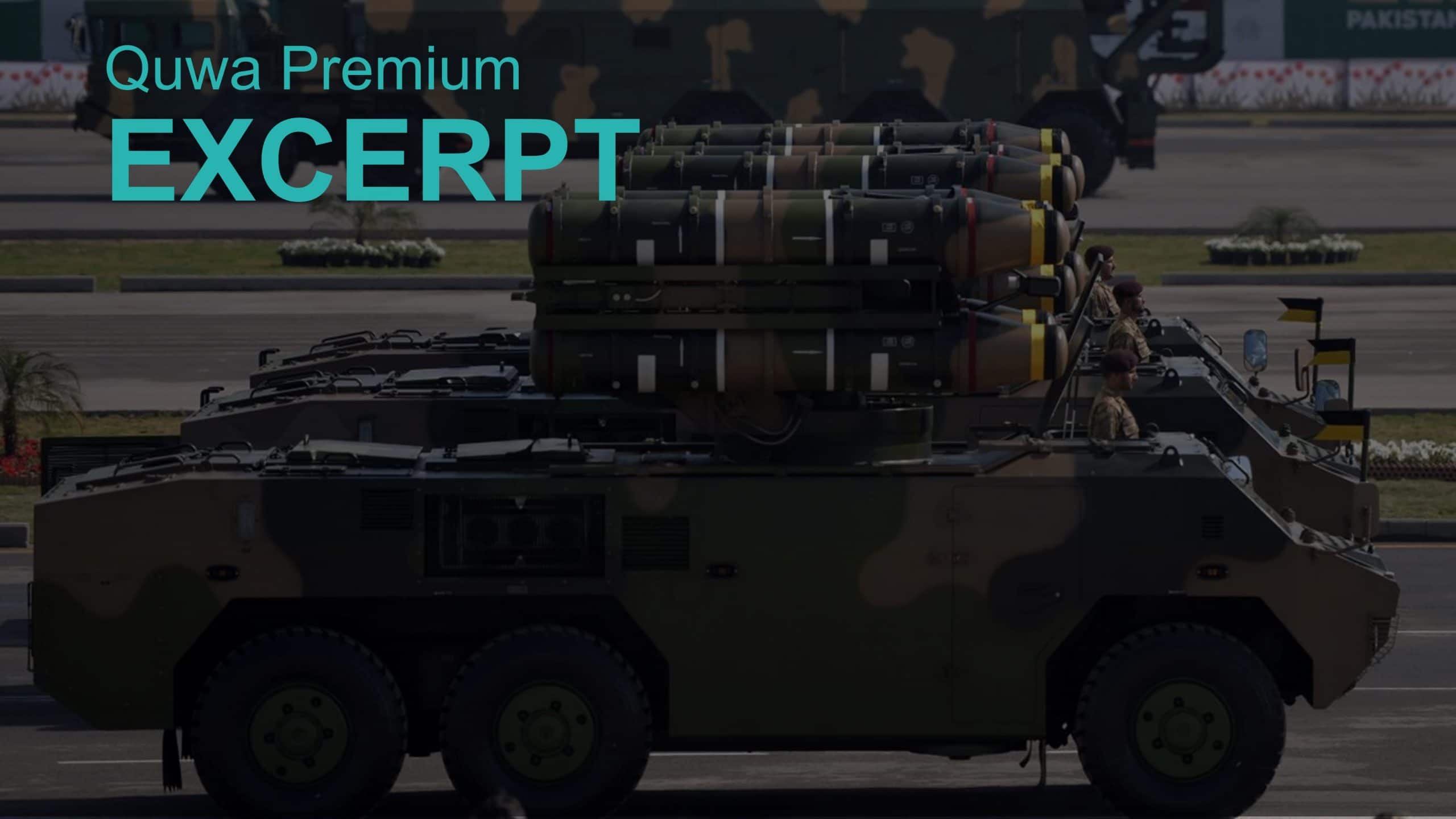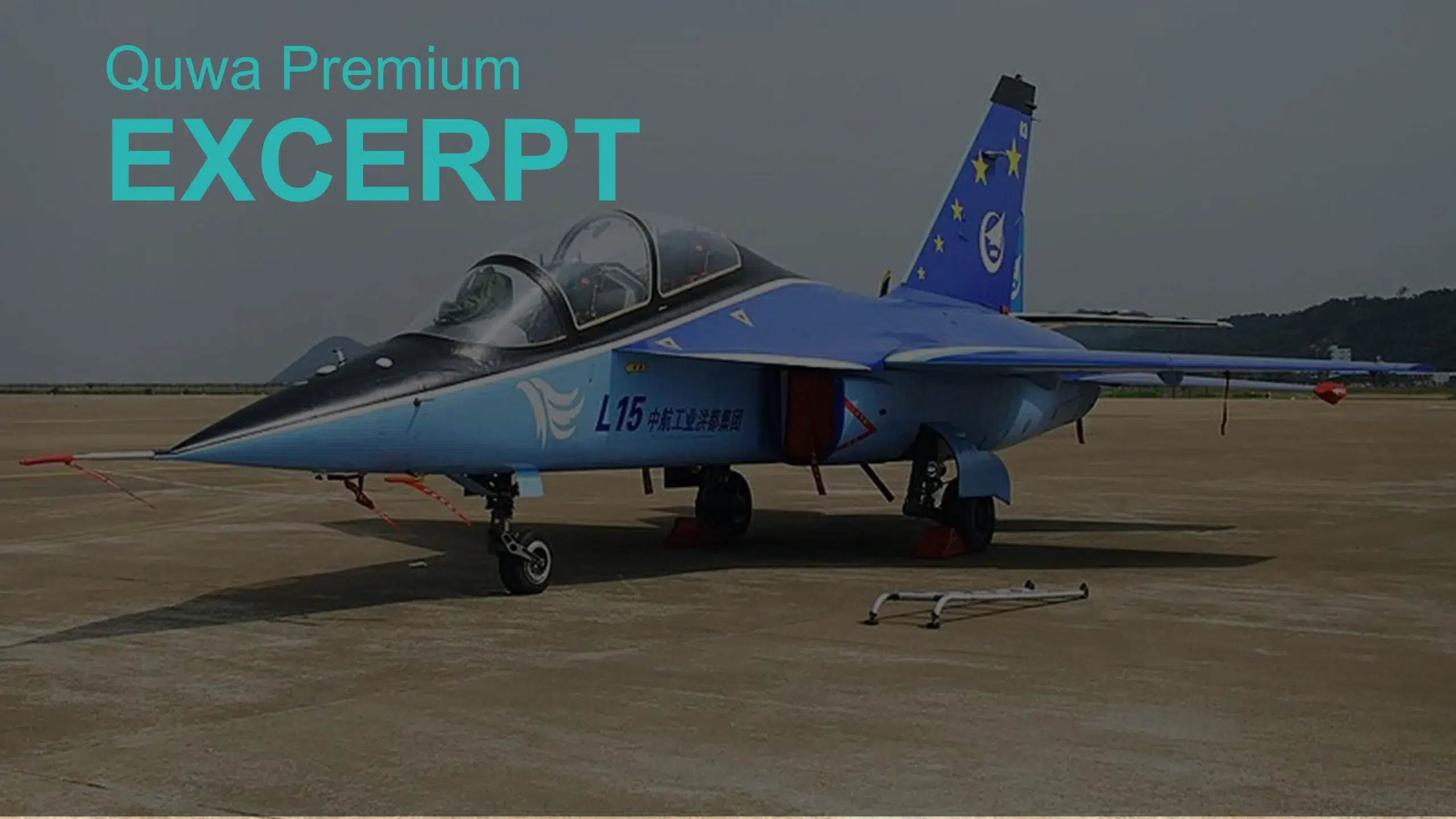321Views

Pakistan is Still Seeking a Mobile SHORAD
Last week, the Pakistan Army declared that it added the HQ-9/P long-range surface-to-air missile (SAM) system to its integrated air defence system. With a stated range of at least 100 km, the HQ-9/P closes the Army’s extensive air defence modernization efforts over the past five-plus years. Today, the Army deploys a multi-layered air defence network consisting of short-range, medium-range, and long-range SAMs plus its traditional staple of anti-air guns and man-portable air-defence systems (MANPAD).
Overall, the Army is employing its air defence system for protecting key installations and other high-value targets (HVT). The HQ-9/P creates a threat for targets flying at high-altitudes at long-range. However, even if these opposing aircraft fly under the HQ-9/P’s coverages, they would have to contend with the medium-range LY-80 and short-range FM-90 at those lower altitudes. Thus, the set-up is comprehensive, albeit in terms of defending fixed assets; but that only covers one part of the anti-air warfare (AAW) requirement.
The Pakistan Army still has one key area of its anti-air umbrella it needs to full – the acquisition of a mobile short-range air defence system (SHORAD).
The military dynamics of South Asia are advancing and, at least in India, they have reached a point where air power is an integral piece of land-based operations. The Indian Army’s ‘integrated battle group’ (IBG) concept, for example, incorporates utility and attack helicopters for close air support (CAS). These aircraft will carry a credible threat to Pakistani armour through anti-tank guided missiles (ATGM). In addition, the Indian Air Force (IAF) will deploy an area-wide anti-armour capability through the CBU-105 Sensor-Fuzed Weapon munition. Each CBU-105 carries 40 dual-infrared and laser-guided top-attack munitions (Skeets) that can independently target tanks, infantry fighting vehicles (IFV) and other armoured vehicles.
Combined, these airborne threats present a significant problem for the Pakistan Army’s formations both from a defensive and offensive standpoint. Ideally, the Pakistan Army and Pakistan Air Force (PAF) would collaborate to build a joint-air-and-land solution that could both counter and emulate India’s model.
For example, the Army and PAF could use JF-17s with air-to-ground missiles (AGM), anti-radiation missiles (ARM), and a stand-off range bomblet dispenser for area-wide anti-armour attacks. This way, Pakistan can have its own airborne, anti-armour capability to match the IAF Jaguar. In fact, JF-17s equipped for air-to-air can also help thwart the IAF Jaguar threat and threaten India’s attack helicopters.
It is unclear where Pakistan is at in terms of integrating its assets across service arms. However, if there is anything to take from the Army’s air defence investment, it seems the Army is taking primary ownership of handling airborne threats posed against its assets. Thus, the Army will focus on acquiring AAW systems that will protect its land-based formations through the acquisition of a mobile SHORAD system…
End of Excerpt (458/ 1,220 words)
You can read the complete article by logging in (click here) or subscribing to Quwa Premium (click here).
For more insights on Pakistan’s air defence programs, see:


